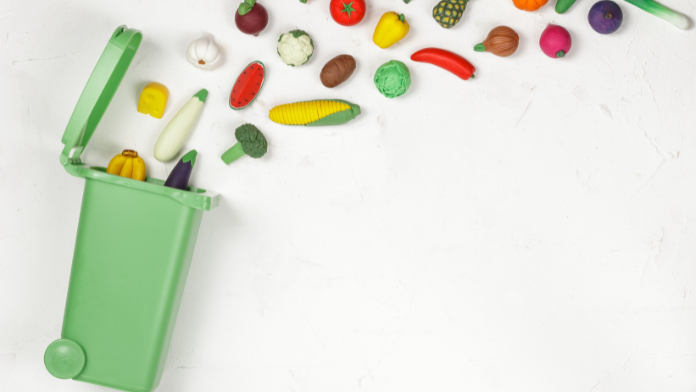Every year, all over the world, we waste around 2 billion tonnes of food and “it is estimated that consumer waste amounts to as much as a third of all the dishes prepared and served on our tables”, he comments Fabio Iraldo, full professor of Management at the Scuola Superiore Sant’Anna in Pisa. The problem, obviously, also concerns Italy: according to the latest report by Waste Watcher International Observatory on Food and Sustainability, we throw away on average 75 grams of food per capita per day. «People, therefore, should be educated on the need to adopt a “sustainable diet” and encouraged to reduce food waste as much as possible», continues the expert.
February 5th is precisely celebrated National food waste prevention dayan anniversary created to raise awareness among people so that food waste can be halved by 2030 (one of the UN’s Sustainable Development Goals).
How can we reduce food waste?
The 5 anti-waste tips from Uber Eats
Once a dish has started cooking, it is possible turn off the stove and use the accumulated heat for passive cooking, taking advantage of the gradual dissipation that allows you to continue cooking without wasting energy. Of many vegetables only the “fruit” is edible, of others, however, the entire plant is. The environmental footprint of the first type is much higher than the second, as many parts of the plant are discarded – and therefore wasted. Prefer entirely edible vegetables helps avoid these wastes. There are elements which, although considered “food”, are instrumental in the cooking of other dishes. A typical example is “condiments” (such as salt, sugar and oil): these should always be used very sparingly due to the significant impact of their supply chains. For some foods, such as pasta, the water consumption of the cooking phase represents a decidedly significant impact on the environment. When the cooking water expires, instead of throwing it away, it could be reused to prepare other dishes. Even the water used to boil vegetables, which is rich in nutrients and minerals, can be used as an ingredient for other preparations. When you choose a product, you always also choose the packaging in which it is marketed. Opt for food products that have a “lighter” packagingor in innovative materials (for example biodegradable) or even made of recycled materials, can help avoid the waste of material.
From Orsero 4 tips for using avocado scraps
If the avocado pulp is too ripe, it can be used to make a body and hair mask nutritious. As? Mixing the pulp with 2 tablespoons of almond oil and applying the mixture to the skin and hair. It can be left on for 10 minutes and then rinsed. The avocado seed can be planted in a jar of water placed under the sun. As soon as the roots have formed, it can be moved into a pot. The seeds can also be boiled in water and reused for Dye cotton fabrics pink. Simply immerse the items to be dyed in the water obtained and leave to soak. Avocado peel can act as a scrub: with the internal part of the peel, in fact, you can delicately massage your skin for a smoothing effect.
Preserving meat in the best possible way: advice from Carni Sostenibili
As confirmed by a recent publication by the CREA Observatory on Food Waste, Domestic waste from meat alone is around 11 grams per week per family (3% of average waste). Excellent data, when compared with those relating to fruit, vegetables and cereals. This is mainly due to conservation methods thanks to which it is possible to counteract the deterioration of the product. Here, therefore, are the best measures to adopt, suggested by Carni Sostenibili.
Freshly purchased, unpackaged fresh meat it should be dried with absorbent paper before placing it in the fridge. This is important to eliminate any blood from the meat (accomplice to bacterial growth). Store fresh meat in the fridge, placing it in glass or plastic containers, on the coldest shelf. Vacuum food bags are also useful. However, aluminum foil or film should be avoided. Red meat and pork stored in the fridge can be consumed even after 3 days. Chicken and turkey meat must be eaten within 48 hours. Frozen cooked meat should be consumed no later than 1-2 months. Fresh frozen meat must be consumed according to the type: pork 4 months, sheep 2-3 months, whole beef 9 months, sliced beef 4-6 months, sausage 1-2 months, whole chicken and turkey 12 months, chicken and turkey pieces 9 months. The meat goes defrosted in the lower part of the fridge, placing it on a plate. If they are large pieces they must be defrosted the day before, if they are small pieces the same morning. Uncooked thawed meat cannot be refrozen. Whole cured meats cannot be frozen.
